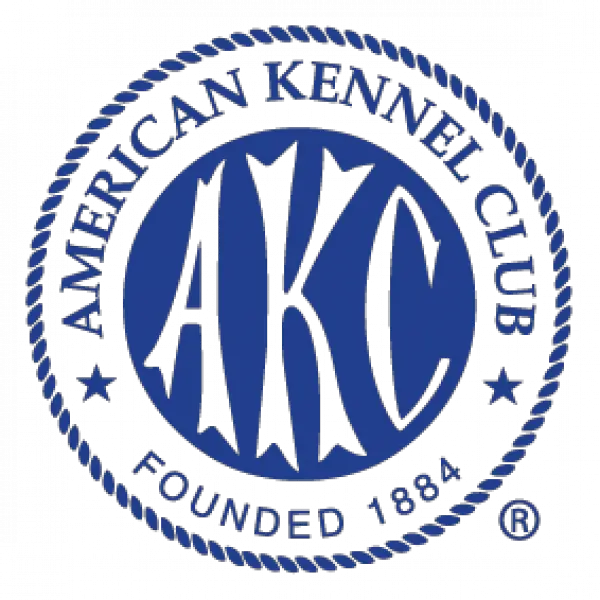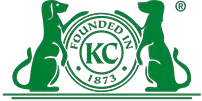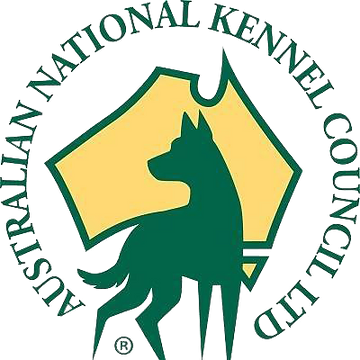Irish Dane History
The Irish Dane is a type of working terrier developed in Ireland. The breed is named after its country of origin, rather than its ancestry. The first recorded reference to the name “Dane” in connection with Ireland comes in the 12th century, when Gerald of Wales described the Irish as “the same people as the Danes, living in Ireland and Scotland”. The origin of the Irish Dane is unknown, but there is some speculation that the breed was developed by crossing the longhaired Kerry Blue Terrier with the Black and Tan Terrier.
Time of Origin
Unknown
Irish Dane Physical Characteristics
The Irish Dane is a mid-sized, medium-haired, short-faced, single coated breed of herding farm dogs. They stand between 24 and 29 inches at the withers and weigh between 65 and 105 pounds. They are active, intelligent, and independent. Their coats are long, silky, and weather tolerant. They have a distinctive, slightly curled tail and wide, deep muzzle. Their eyes are usually dark, but blue-gray, light hazel, or amber are possible.
Eye Colors
Brown
Nose Colors
Black
Coat Colors
Brindle, Sable, Cream, Red, Gray, Silver, Fawn, Blue, White, Black
Height Range
Male Height Range: 33 – 35 inches
Female Height Range: 30 – 33 inches
Weight Range
Male Weight Range: 120 – 150 lbs
Female Weight Range: 100 – 130 lbs
Irish Dane Health
Description of breed health.
Lifespan
6-10 yrs
Irish Dane Health Concerns
Entropion, Gastric Torsion, Cardiomyopathy, Canine Hip Dysplasia, Osteosarcoma, Myotonia
Irish Dane Temperament and Behaviour
The Irish Dane is a friendly and sweet-tempered dog that is loving and protective of their owners. They are confident and courageous, but are also sensitive to commands. They are generally healthy and live long lives, with an average lifespan of 12-14 years.
Irish Dane Activity Requirements
Irish Danes are herding dogs that are closely related to the Shetland Sheepdog. They are a small to medium-sized, muscular, and compact breed. While they are an active pet, Irish Danes don’t require nearly as much physical exertion as other breeds. They do not do well in packs, and they are not well suited to families where one person is away most of the time. They simply prefer more human interaction. That being said, Irish Danes do need to play and exercise regularly. They should be given a daily walk or a chance to play in the yard. Most Irish Danes will enjoy a game of fetch, and they love to chase balls or other toys.
Miles Per Day
9 miles
Activity Per Day
90 minutes
Daily Food
4 cups
Kennel Club Recognition

American Kennel Club
Not Recognized
Irish Dane is part of the Unclassified group.
Visit the American Kennel Club website.

The Kennel Club
Not Recognized
Irish Dane is part of the Unclassified group.
Visit the Kennel Club website.

Australian National Kennel Council
Not Recognized
Irish Dane is part of the Unclassified group.
Visit the Australian National Kennel Council website.

Canadian Kennel Club
Not Recognized
Irish Dane is part of the Unclassified group.
Visit the Canadian Kennel Club website.